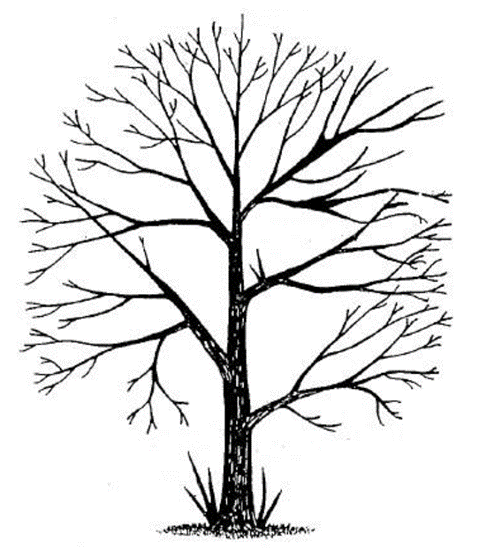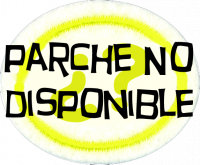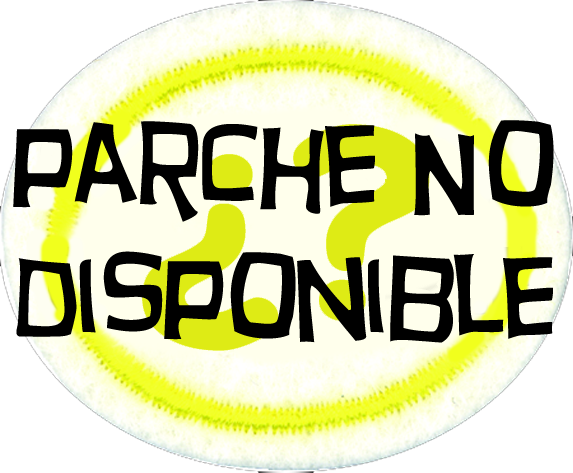Difference between revisions of "AY Honors/Arboriculture/Requirements/es"
(Created page with "</noinclude>Explicar los beneficios del acolchado y cómo aplicarlo correctamente alrededor de árboles y arbustos. <noinclude>") |
(Created page with "</noinclude>Hacer una lista de cinco características a considerar al seleccionar árboles de un vivero y para un sitio de plantación. <noinclude>") |
||
| Line 81: | Line 81: | ||
<noinclude></noinclude><section end=req6 /></b> | <noinclude></noinclude><section end=req6 /></b> | ||
| − | <b>7. <section begin=req7 /><noinclude> | + | <b>7. <section begin=req7 /><noinclude></noinclude>Hacer una lista de cinco características a considerar al seleccionar árboles de un vivero y para un sitio de plantación. |
| − | </noinclude> | + | <noinclude></noinclude><section end=req7 /></b> |
| − | <noinclude | ||
| − | |||
<b>8. <section begin=req8 /><noinclude><div lang="en" dir="ltr" class="mw-content-ltr"> | <b>8. <section begin=req8 /><noinclude><div lang="en" dir="ltr" class="mw-content-ltr"> | ||
Revision as of 19:03, 26 March 2024
Nivel de destreza
3
Año
2024
Version
22.05.2024
Autoridad de aprobación
División Norteamericana
(Debe ser enseñado por un arbolista certificado o certificación equivalente.)
1. Definir los siguientes términos:
- a. Arboricultura
- b. Arbolista
- c. Industria arborícola
2. Dibujar e identificar los componentes de lo siguiente:
- a. Sección transversal del tronco
- i. corteza exterior
- ii. floema
- iii. cambium
- iv. albura (xilema)
- v. duramen
- b. Anatomía de la ramita
- i. yema terminal
- ii. escamas de yemas
- iii. yema lateral
- iv. lenticelas
- v. cicatriz de hoja
- vi. anillo de cicatrices de escamas
- vii. entrenudo
- viii. nudo
- ix. cicatriz del haz
- x. médula
3. Nombrar cinco características utilizadas de las plantas para identificar los árboles.
4. Explicar los beneficios del acolchado y cómo aplicarlo correctamente alrededor de árboles y arbustos.
5. Describir los principios de conservación del agua y planificación de hidrozonas.
6. Los tres componentes principales del abono son: Nitrógeno (N), Fósforo (P) y Potasio (K). Explicar por qué se necesitarían diferentes proporciones de estos componentes básicos en diferentes situaciones.
7. Hacer una lista de cinco características a considerar al seleccionar árboles de un vivero y para un sitio de plantación.
8.Interview a local certified arborist or tree expert about different planting techniques used in your area.
In the following diagram, use two different colors to identify which branches should be removed with “Thinning Cuts” or “Reduction Cuts,” and be able to explain the difference between each cut and when each cut should be used.

Name two types of tree support systems installed by arborists.
List the most common diseases, insect problems and invasive species in your region and categorize them by severity.
Understand the philosophy of Plant Health Care (PHC). Develop a PHC plan for a mature, high value tree in your area.
Practice filling out a commonly used Tree Risk Assessment Form for a mature tree with your instructor. As a service project, use your knowledge to fill out a form for a second tree at your school, church or local park.
Research how trees can be injured or destroyed as the direct or indirect result of construction damage and present your findings to a group.
Give a presentation on the importance of Urban Forestry in your local rea or the nearest urban area in your region. Be creative.
Make a significant list of necessary Personal Protective Equipment (PPE) for conducting the following types of work: Urban Forestry, Arboriculture.
Be able to identify three types of ropes and tie three knots used by tree care workers.
Discuss the spiritual application of John 15:2 considering what you have learned in this honor.


